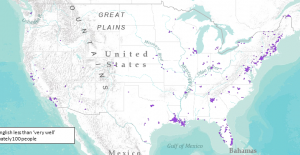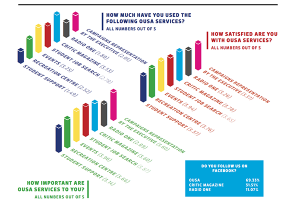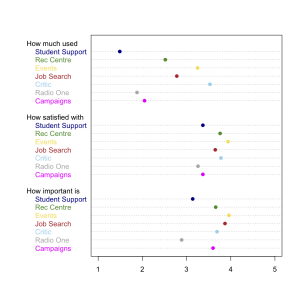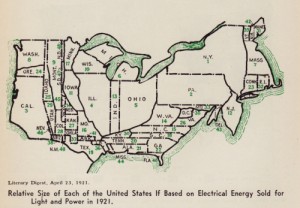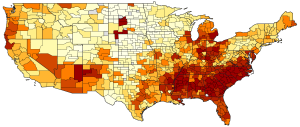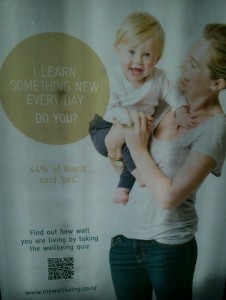—-ing good survey
From the Broadcasting Standards Authority, via @ColeyTangerina
Scope
- Quantitative research to provide a monitor of the acceptability of the use of swear words, blasphemies and other expletives in broadcasting over time
Methodology
- Administered national survey with 1,500 randomly selected individuals aged 18 years and over, stratified by region, age group, gender and ethnicity
- Online methodology survey was the same approach as used in 2010. This is differentiated from the 1999 and 2005 surveys which made use of a face-to-face interview technique.
It’s pretty clear that the report is going to be unsuitable for some workplaces (that’s kind of the point) but the findings are interesting. The ranking of unacceptability is not what I would have expected (I’m biased having lived in the US).
Of the 31 words they surveyed, in the context of a movie screening after 8:30pm with a criminal swearing at a police officer, the 27th is one that has been used on this blog (“bullshit”), with 20% unacceptability rating. The worst-ranked word had 70% unacceptability. Personally, I don’t think any of the words is unacceptable in that context, but there are several whose use would lower my opinion of the speaker.
They also looked at other scenarios, and the general conclusion seemed to be that it was worse not as bad for actors than for ‘real people’ to swear.
